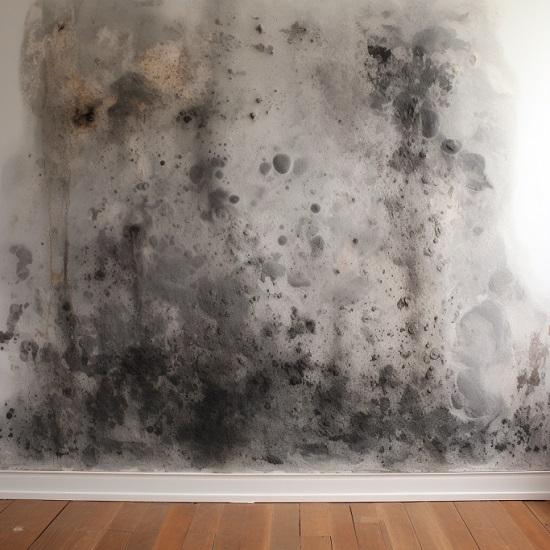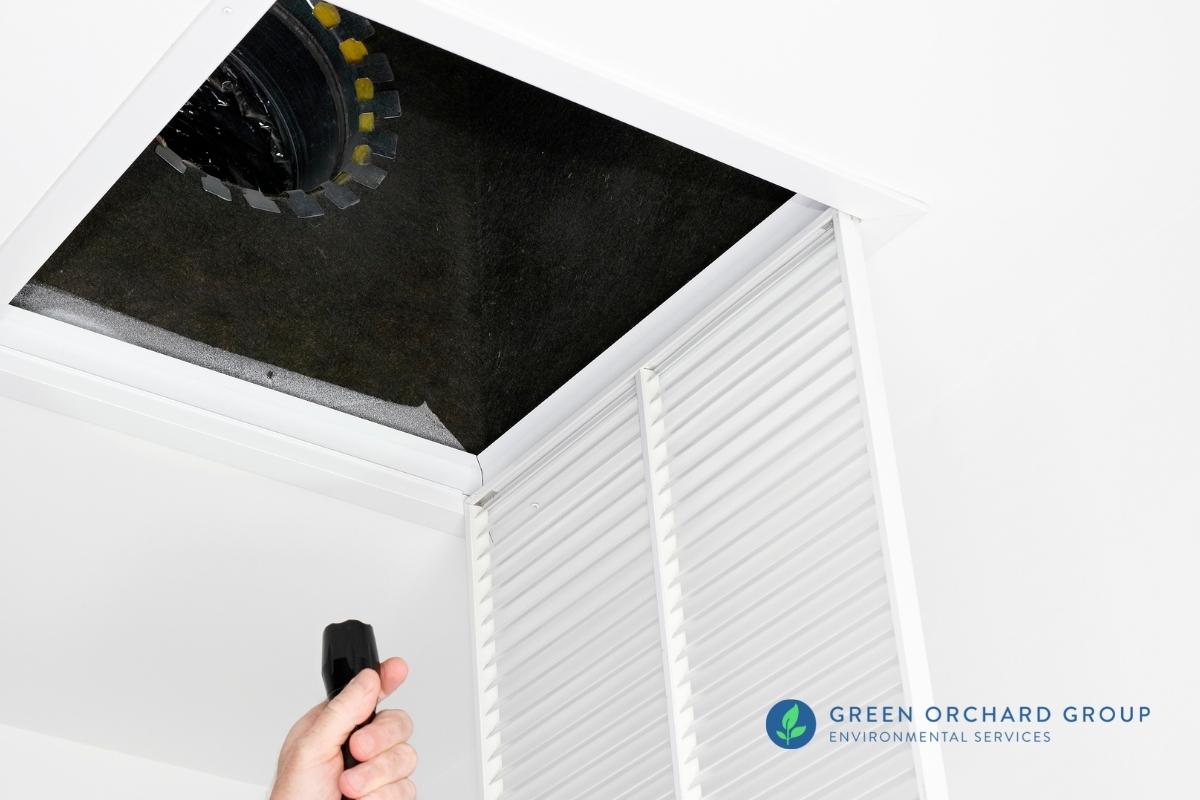Support on What to Do After Mold Remediation
Support on What to Do After Mold Remediation
Blog Article
Effective Article Mold And Mildew Remediation Solutions for Your Home
Mold and mildew growth in homes can be a relentless concern, often needing a methodical strategy for effective post-remediation solutions. From comprehending the elements that add to mold and mildew advancement to applying correct cleaning techniques and moisture control measures, the procedure can be complex yet crucial for keeping a healthy and balanced living setting. Additionally, checking out natural removal options and establishing a regular for recurring upkeep are necessary components of a thorough mold removal approach. As homeowners make every effort to address mold problems, locating the most reliable remedies ends up being critical for the wellness of their households.
Understanding Mold Growth Variables
Mold development is affected by a variety of factors that are vital to comprehend in order to efficiently deal with and stop its proliferation. Understanding these variables is necessary in executing successful mold remediation strategies. The main element adding to mold and mildew growth is dampness. Mold spores need dampness to sprout and prosper, making moist or damp atmospheres highly prone to mold invasions. Poor ventilation can additionally bring about moisture build-up, producing an excellent reproduction ground for mold and mildew.

Furthermore, air movement and light exposure can affect mold and mildew growth. Areas that lack proper ventilation and all-natural light are extra prone to mold development. By addressing these aspects comprehensively, people can properly minimize mold and mildew development and guard their living settings.
Correct Mold And Mildew Cleaning Methods
Making use of reliable cleansing techniques is necessary in attending to and stopping the reappearance of mold and mildew contamination in indoor atmospheres. When managing mold, it is vital to prioritize safety and security by using protective gear such as masks, gloves, and safety glasses. The initial step in proper mold and mildew cleansing is to consist of the damaged area to protect against the spread of spores to uncontaminated locations. This can be attained by sealing the room and making use of air scrubbers or negative air devices to keep air high quality.

Implementing Dampness Control Measures
To effectively stop mold and mildew growth and contamination in indoor settings, implementing dampness control procedures is vital. Additionally, making certain appropriate ventilation in locations prone to browse around this site moisture buildup, such as washrooms and cooking areas, can help reduce the danger of mold and mildew development. By diligently executing these moisture control measures, home owners can properly lower the possibility of mold and mildew recontamination and preserve a healthy and balanced indoor setting.
Using Natural Removal Solutions
After effectively implementing wetness control measures to protect against mold development in interior environments, house owners can currently explore the efficiency of all-natural remediation options in keeping a healthy home. All-natural remediation options make use of eco-friendly methods to deal with mold and mildew and mildew, making them a preferred choice for those looking for non-toxic options. One such service is making use of vinegar, an all-natural antimicrobial representative, to clean and disinfect surfaces contaminated by mold. Simply thin down vinegar with water and spray it onto the impacted areas, enabling it to sit for a few hours before wiping clean. Furthermore, tea tree oil, understood for its antifungal homes, can be blended with water and splashed onto mold-infested surface areas to hinder more development. An additional all-natural option is hydrogen peroxide, which can efficiently kill mold and mildew on different surface areas without leaving unsafe deposits behind. By incorporating these natural remediation services into their cleaning routines, house owners can successfully deal with mold and mildew development while advertising a much healthier indoor atmosphere for themselves and their households.

Keeping a Mold-Free Atmosphere
On a regular basis evaluating locations susceptible to mold growth, such as restrooms, cooking areas, attics, and basements, is important. Proper ventilation in locations with high moisture levels is also vital to protecting against mold and mildew growth.
Additionally, preserving sanitation in the home is vital for mold avoidance. Maintaining interior plants in check and guaranteeing appropriate water drainage in outdoor landscaping can lessen dampness accumulation, decreasing the probability of mold and mildew infestations.
Conclusion
Finally, it is essential to deal with mold and mildew growth variables, use correct cleaning techniques, apply mold removal phelan wetness control measures, make use of natural remediation remedies, and preserve a mold-free environment in order to effectively take care of post mold removal in your house - After mold remediation. By complying with these approaches, you can stop mold and mildew from persisting and make certain a healthy living setting for you and your family
The main variable contributing to mold and mildew development is wetness. Mold and mildew spores require wetness to sprout and thrive, making wet or damp environments very vulnerable to mold problems.To properly protect against mold and mildew growth and contamination in interior environments, executing dampness control measures is critical. In addition, ensuring appropriate air flow in locations prone to moisture build-up, such as bathrooms and kitchens, can aid reduce the danger of mold and mildew development.After efficiently applying moisture control measures to avoid mold development in indoor settings, property you can try these out owners can now discover the efficiency of natural remediation options in maintaining a healthy and balanced living area.
Report this page